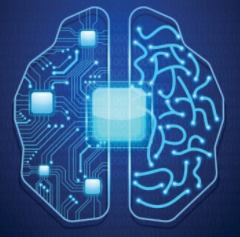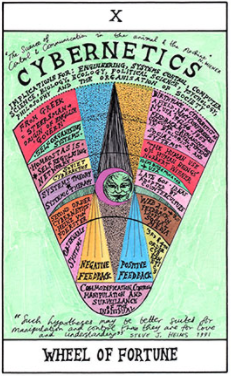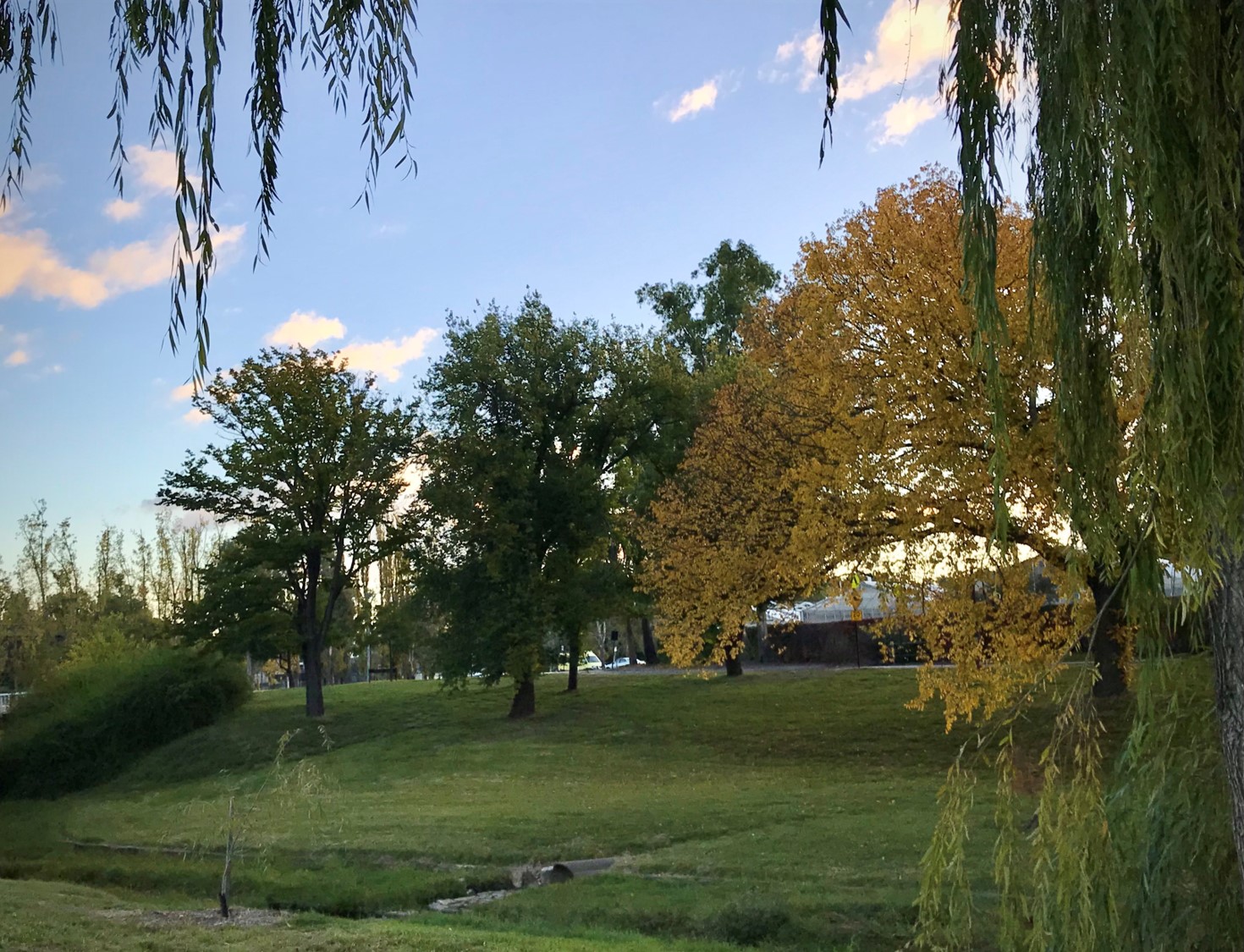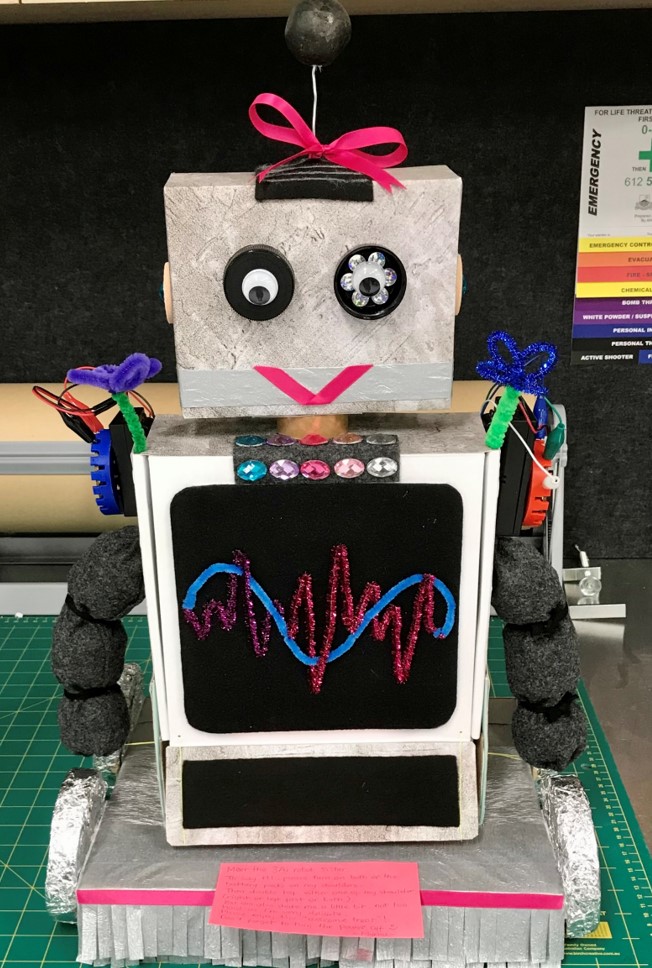What does Cybernetics actually mean?
I get that question a lot when I told my family and friends that I’m studying Master of Applied Cybernetics. Most of them think that cybernetics is part of or similar to cyber-security or even robotics because I’ve been showing them the robots that I created so far.
Cybernetics is a term that has been around since the 1940s, born as a response to the rapid growth of computing technology following World War II. Cybernetics is, in essence, a theory of communication and control in a system that includes humans, technology and the physical environment and the feedback loops that characterise their action.


Norbert Wiener (1961) defined cybernetics as the scientific study of “Control and communication in the animal and the machine“. And at the Macy Conferences (1949), cybernetics was described as the study of “circular causal and feedback mechanisms in biological and social systems”. Cybernetics is the art of governing the government, and it’s an active reflexive environment where humans are part of it. Richard Brautigan (1967) expressed cybernetics through the art of poem, All Watched Over by Machines of Loving Grace. Which impact my way of thinking to embrace the strong relationship between the ecological system of the environment and the interconnectedness of technology to achieve something good for us as human in the centre of the world ecosystem.
In the 21st century, cybernetics is a generative tool to imagine humans steering technical systems safely through the world. It is a smarter way to think about humans in the loop and ecology, people, and technology as necessary pieces of any system.
What do the influences or intervention of cybernetics mean for bringing AI-powered CPS into the world? How can we as humans be more responsible in our action, using more sustainable/renewable resources and safely implementing any AI-powered CPS that we build? This question and insight impact my thinking and practice in the future to be more aligned with the cybernetics harmonium vision.




